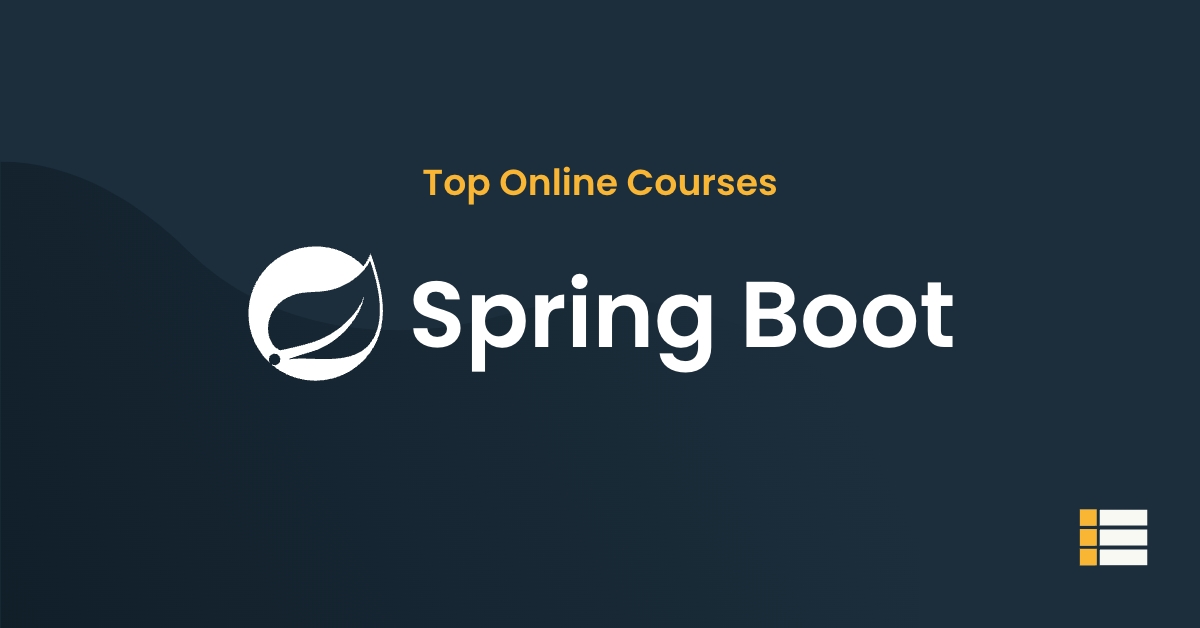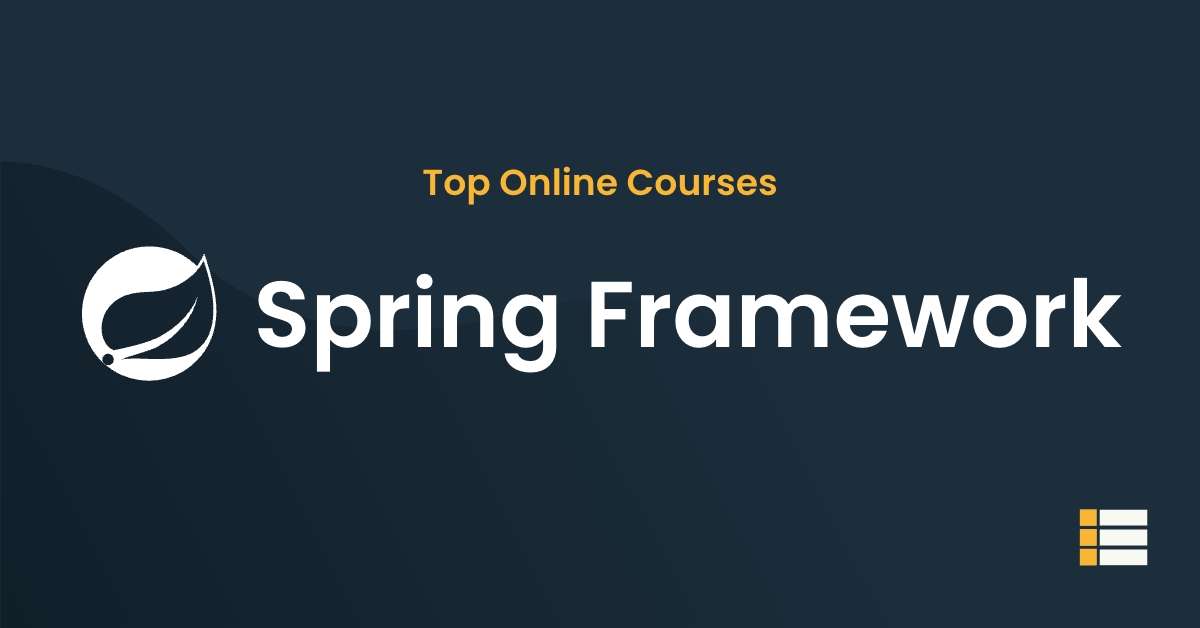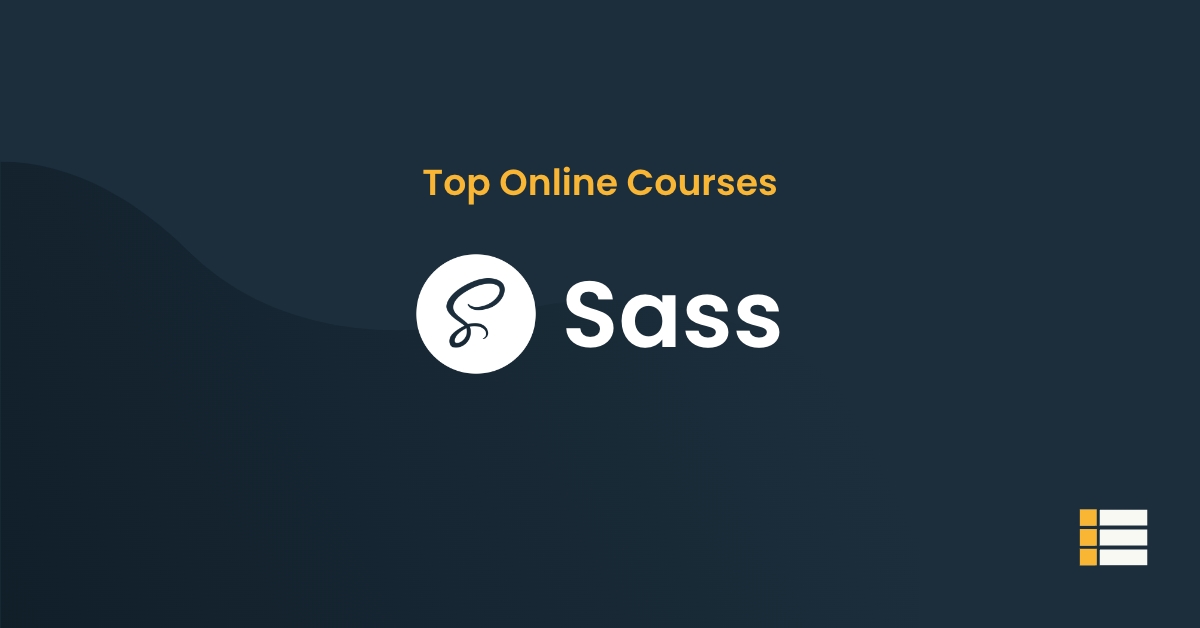It’s no wonder why Flask is one of the most popular web development frameworks today.
It is lightweight, simple, and offers a wide range of features to make developing websites and web applications easier and faster.
Let’s take a closer look at why Flask is such an excellent choice for web development, and why you should consider learning Flask for your next project.
Table of Contents
Learning Flask Online: A Student’s Guide
The Basic Concepts of Flask
Flask is a powerful web development framework for Python that has become increasingly popular in recent years. It is a micro-framework that focuses on core concepts such as flexibility, scalability, and ease of use.
Development Environment
The first step to getting started with Flask is setting up the development environment. This includes installing the Flask module, configuring the application, and setting up the local development server.
Flask can be installed using the Python Package Index (PyPI) or using an environment manager such as virtualenv or pipenv.
Once installed, Flask can be configured using the app.py file, which is the entry point for the entire application.
Finally, a local development server can be used to run the application in a testing environment.
Routing
Routing is an important concept in Flask and is used to map URLs to functions. It works by matching the requested URL with the routes defined in the app.py file.
Each route can be configured with methods (e.g. GET, POST) and parameters, and can return any type of response (e.g. HTML, JSON).
Templates
Templates are used to generate dynamic HTML pages from data. Flask uses the Jinja2 template engine to render HTML pages using its own syntax.
It also supports the use of custom HTML tags and variables for displaying dynamic content.
Views
Views are responsible for handling user requests and responses. They are written as functions and map each URL to a specific view function.
The view function then performs any necessary logic before returning a response to the user. The response can be HTML, JSON, or any other type of response.
Deploying a Flask Application
Once you have finished developing your Flask application, the next step is to deploy it. Deploying a Flask application is the process of making your application available to the public, so they can access it.
Deploying a Flask application is not difficult, but it does require some knowledge of web hosting and Git.
Luckily, there are plenty of resources available to help you understand the process of deploying a Flask application.
The first step in deploying a Flask application is to find a hosting service. There are many hosting services you can choose from, such as Amazon Web Services (AWS), Microsoft Azure, Google Cloud Platform, Heroku, and others.
Each one offers different features, pricing, and support. Once you have chosen a hosting service, you will need to create an account and configure your application.
The next step is to set up a Git repository. This will allow you to version control your application and make sure it can be easily deployed to different environments. You can use GitHub or BitBucket to set up your Git repository.
Once your hosting service and Git repository are set up, you will need to deploy your application. You can do this manually or with a deployment service such as Capistrano.
If you choose to deploy your application manually, you will need to use the command line and SSH to transfer your application files to your hosting service.
Once you have deployed your application, you will need to configure it. This includes setting up a database, configuring your application settings, and more. You will also need to make sure your application is secured with a proper authentication method.
Finally, you will need to test your application to make sure it is running properly. You can do this by visiting your application’s URL and checking to see if it is working correctly.
Once your application is up and running, you can start sharing it with the public. You can share it through social media, blog posts, or even have it listed on an app store.
Deploying a Flask application may seem like a daunting task, but it doesn’t have to be. With the right resources and a little bit of knowledge, anyone can deploy a Flask application.
Flask Learning Resources
To get started with Flask, there are a number of resources available to learn the framework.
The best place to start is with the official Flask documentation. It provides an in-depth look at Flask, with explanations and examples of its features. It is important to read through the documentation as it will give you a good understanding of the architecture and concepts of Flask.
In addition to the official documentation, there are also a number of online tutorials and books available to help you learn Flask.
There are tutorials for beginners and more advanced users, as well as tutorials for specific features within Flask:
- Tutorial — Flask Documentation
- How To Make a Web Application Using Flask in Python 3 – DigitalOcean
- The Flask Mega-Tutorial Part I: Hello, World! – Miguel Grinberg
- Flask Tutorials – Real Python
- Python Flask Tutorial: Full-Featured Web App Part 1 – Getting Started – Corey Schafer on Youtube
- Flask: Develop Web Applications in Python – Learn Interactively
- Build a SAAS App with Flask course
- HTMX + Flask: Modern Python Web Apps, Hold the JavaScript Course – TalkPython
Finally, there are also a number of user groups and forums that are dedicated to Flask.
These forums can provide valuable advice and support when you are learning Flask. In summary, there are a number of resources available to help you learn Flask.
The official documentation, tutorials, example applications, video tutorials, and books are all great places to start.
There are also user groups and forums available to provide support and advice when you are learning the framework.
Popular Flask Extensions
As a result of its widespread popularity, there are many different Flask extensions that can be used to extend its functionality and customize it to meet your specific needs.
- Flask-SQLAlchemy is one of the most popular Flask extensions. It is a powerful ORM (Object Relational Mapper) that allows you to use SQLAlchemy from within your Flask applications. It provides a simple, yet powerful interface for creating and interacting with databases, as well as providing support for multiple databases. This extension allows you to easily and quickly create models, query databases, and perform migrations, all within the same application.
- Flask-WTF is also widely used. It is a simple yet powerful form-handling extension for Flask. It simplifies the process of creating forms and validating user inputs, making it easier to create web applications. It also provides CSRF protection and a range of other helpful features.
- Flask-Login is a popular login extension that provides user authentication and authorization for your Flask applications. It makes it easy to add user authentication and authorization to your application, and also provides a range of other features such as session management, password hashing, and more.
- Flask-Mail is another popular extension that provides a simple interface for sending emails from within your Flask Applications. It supports SMTP, and provides features such as email address validation, secure transport, and email templates.
- Flask-DebugToolbar is a powerful extension that provides debugging and profiling tools for your Flask applications. It can be used to check performance, identify errors, and debug code.
These are just some of the popular Flask extensions that are available. There are many more, and some of them may be more suited to your specific needs.
If you’re looking to add more functionality to your Flask app, it’s worth researching the available extensions and picking the ones that are most appropriate for your use case.
Frequently Asked Questions
How long will it take to learn Flask?
Flask is a relatively easy and straightforward framework to learn, and it can be picked up and learned in a relatively short amount of time. With basic knowledge of HTML, CSS, and Python, a beginner can expect to have a working knowledge of Flask in a few days to a week. For those wanting to become experts in Flask, it can take a few weeks to a couple months depending on the level of expertise you are aiming for.
How difficult is it to learn Flask?
If you are already familiar with Python and web development, learning Flask should be fairly straightforward. However, there is still a learning curve and some concepts that you may need to understand, such as routing, templating, and more. To become a proficient Flask developer, you will need to spend some time studying tutorials and getting hands-on experience.
Is Flask worth learning?
Yes, Flask is worth learning. Flask is a microframework for web development, which makes it a great choice for developing small projects quickly and efficiently. It is lightweight and easy to configure, and it has a large and active community of developers. Additionally, Flask is well-documented and supported, so you can find plenty of resources to help you get started and make the most of it. Overall, Flask is an excellent choice for web development, and it is well worth learning.
What is Flask is used for?
Flask is a web framework written in Python that allows developers to build web applications more efficiently. It provides an easy way to manage and structure the application's code, making it easier to extend and maintain. With Flask, developers can quickly create routes, render HTML templates, process requests and responses, and handle session data. It also provides support for various databases, web libraries, and other extensions. In short, Flask is used for developing web applications with minimal effort.
Which one is better Django or Flask?
Flask is a lightweight microframework, meaning it is a good choice for simple applications that require minimal setup. Django is a full-stack framework, meaning it is a better choice for complex applications that require a lot of features and functionality. Ultimately, it is up to the developer to decide which is best for their project.
Conclusion
In conclusion, Flask is a powerful and popular web development tool that offers a range of features and benefits.
It is easily accessible and can be learned through free and paid tutorials, books, and training classes.
With a well-structured approach, anyone can gain the skills needed to create dynamic web applications using Flask.
Whether you are a beginner or experienced developer, learning Flask is a great way to gain a powerful understanding of web development and expand your programming skills.

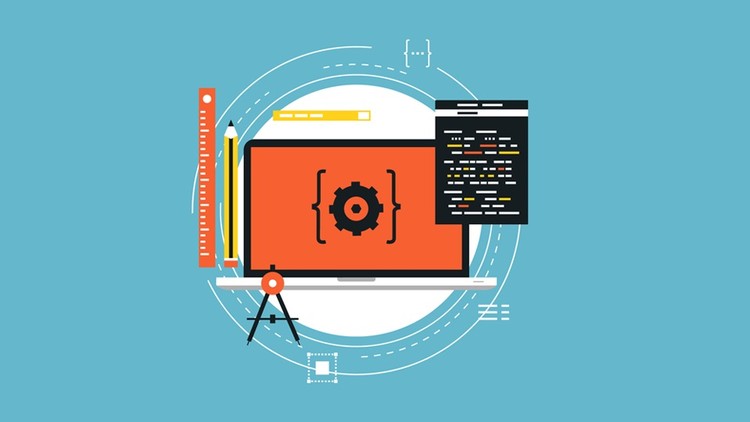
 Online course by
Anthony Herbert
Online course by
Anthony Herbert
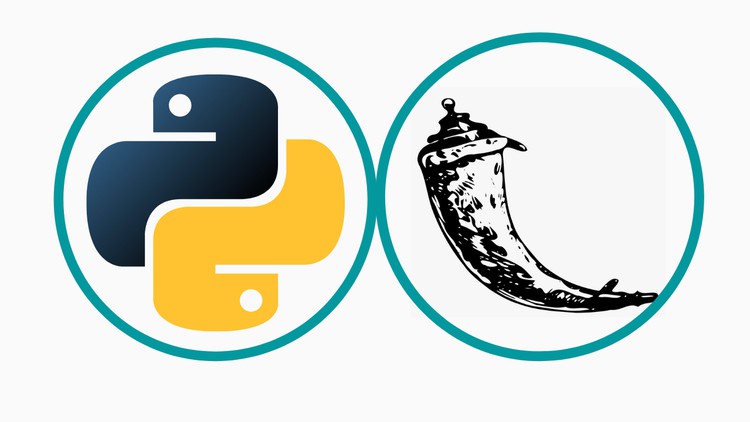
 Online course by
Horizon Tech
Online course by
Horizon Tech
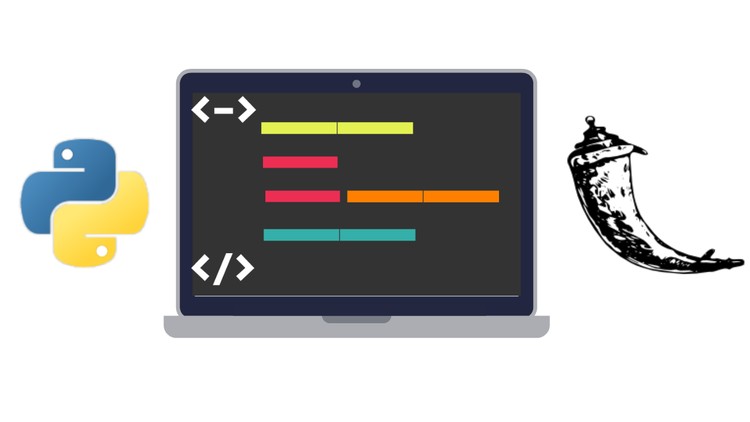
 Online course by
Jose Portilla
Online course by
Jose Portilla

 Online course by
Horizon Tech
Online course by
Horizon Tech

 Online course by
Martin Yanev
Online course by
Martin Yanev
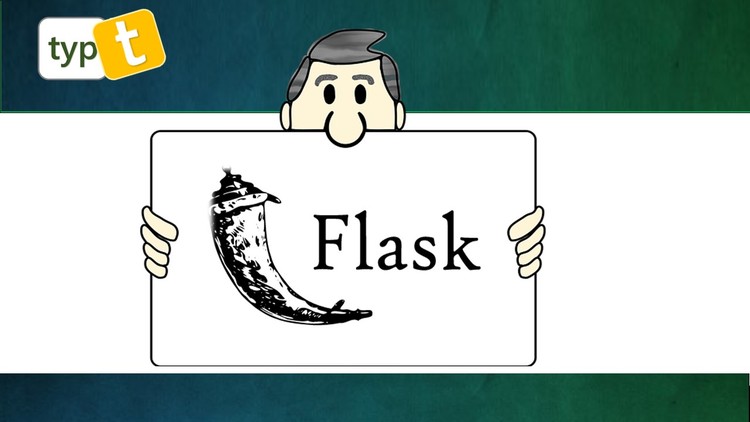
 Online course by
Ruth Benjamin-Marvin
Online course by
Ruth Benjamin-Marvin
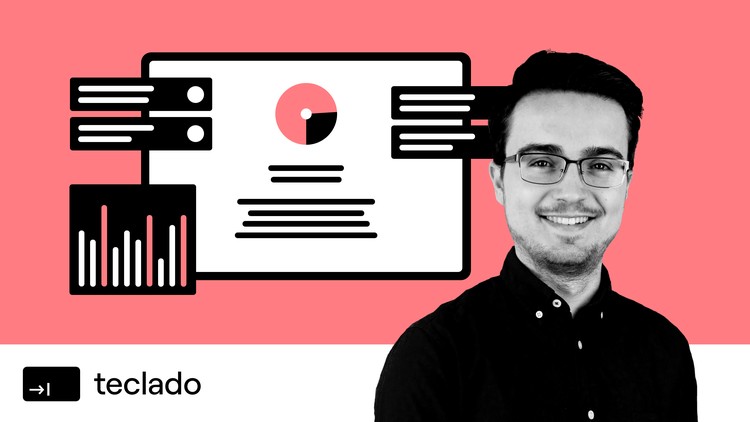
 Online course by
Jose Salvatierra
Online course by
Jose Salvatierra

 Online course by
Jorge Escobar
Online course by
Jorge Escobar
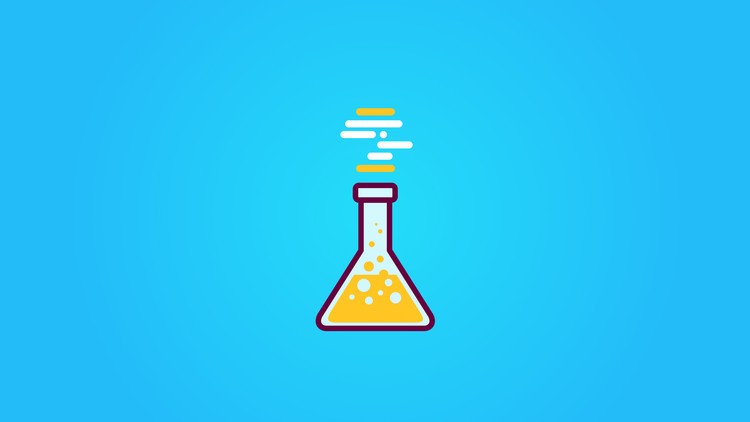
 Online course by
Packt Publishing
Online course by
Packt Publishing

 Online course by
Julian Sequeira
Online course by
Julian Sequeira
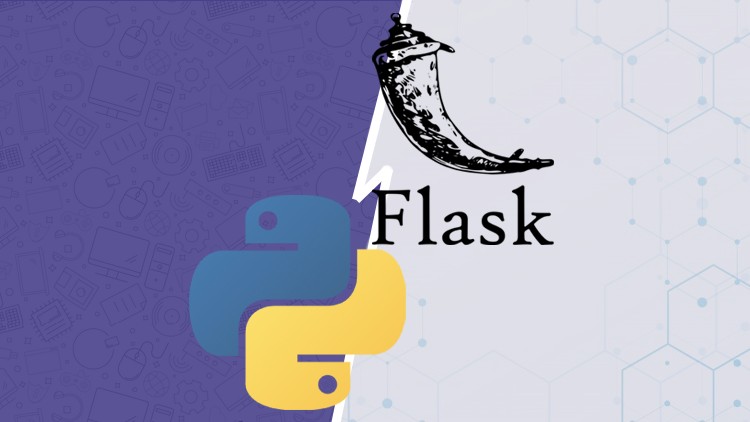
 Online course by
beCloudReady Inc
Online course by
beCloudReady Inc

